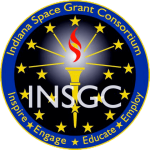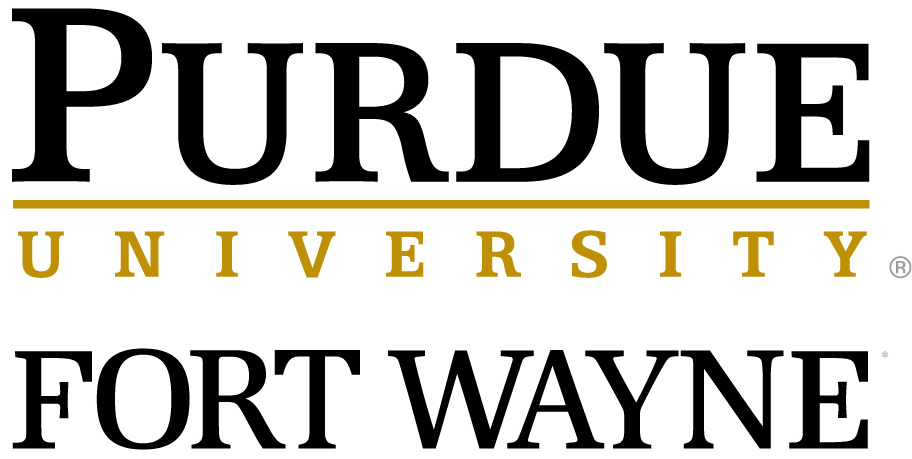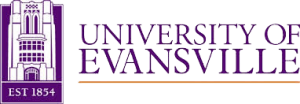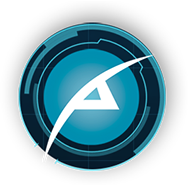What Is INSGC?
Indiana Space Grant Consortium is one of the 52 Consortia part of the National Space Grant College and Fellowship Program. In the state of Indiana, INSGC is a source of NASA-related information, awards and programs.
The consortium works to carry out education, research, and public outreach activities in science, mathematics, engineering, and technology (STEM) related to space, aeronautics, aviation, and Earth system science, all while advocating increased financial and government support for Space Grant Consortia.
Consisting of 26 different affiliates including colleges, universities, businesses, and other private and public sector institutions, INSGC promotes aerospace education and career training by
-
- Supporting STEM students through various scholarship, internship and fellowship opportunities
- Assisting faculty and students in their development of skills in STEM related fields
- Offering experiential training aligned with NASA Strategic Enterprises, and
- Inspiring public interest in aerospace-related disciplines and lifelong learning through partnerships with educators at all levels...
Here's why the Space Grant is important!
GRANT TO FUND TRINE RESEARCH INTO SPACEWALK IMPACTS ON ASTRONAUTS
September 21st, 2021
A $15,000 grant from the Indiana Space Grant Consortium (INSGC) will fund an undergraduate research project at Trine University that seeks to help understand the impact of spacewalks on astronauts.
Trine University biomedical engineering seniors Madison Howard of Pleasant Lake, Michigan, and Ashley Spirrison of Fishers, Indiana, will lead the project, titled “Developing Microfluidic Technology to Model the Vascular Health of Astronauts.” Max Gong, Ph.D., assistant professor in the Bock Department of Biomedical Engineering, will serve as advisor.
The project seeks to help address concerns NASA has regarding the safety of its astronauts while completing missions outside of Earth’s atmosphere, Gong said.
During missions, astronauts execute Extravehicular Activities (EVAs), commonly referred to as spacewalks, to repair and complete quality checks of spacecraft, and for research and exploration purposes. Prior to an EVA, astronauts must be exposed to 100% hyperoxia (a state of excess supply of oxygen in tissues and organs) for approximately five to eight hours, with repeats of the protocol two to three times each week.
This increase in blood oxygenation has been linked to DNA damage to lung tissue, overproduction of nitric oxide, cell damage from lipid peroxidation, and increased pulmonary fibrosis, Gong said.
Hyperoxia also causes blood vessels to narrow and abnormalities in the architecture of organs, limiting blood flow or fluid transfer through organs.
The Trine students will develop microfluidic vasculature-on-a-chip models, engineered models that mimic living tissues, of blood and lymphatic vessels to investigate the relationship between hyperoxia and its negative health effects. Such models have been used to better understand vascular health in diseases, such as atherosclerosis, Gong said, and can be applied to studying and improving the health of astronauts.
The Indiana Space Grant Consortium was created in 1991 under NASA’s National Space Grant College and Fellowship Program. The Space Grant national network includes organizations working to expand opportunities for Americans to learn about and participate in NASA’s aeronautics and space projects by supporting and enhancing science and engineering education, research and public outreach efforts.
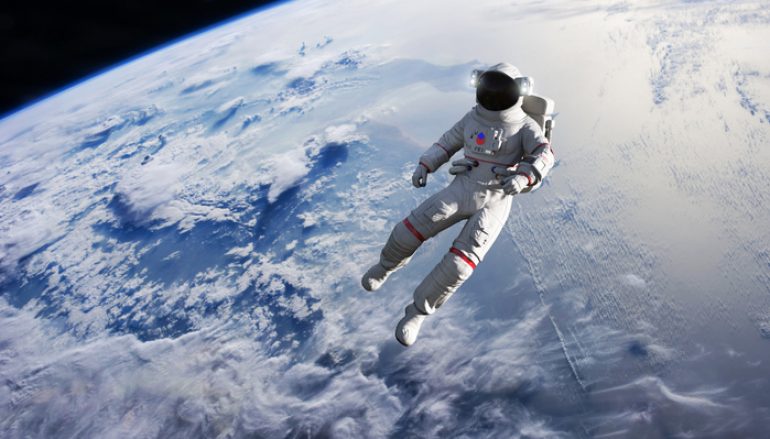
ANNOUNCEMENT!
INSGC Provides Funding
By: Derek Thach
With the funding provided by INSGC, I wanted to experience more in person events at NASA since my entire internship was virtual. I utilized this money to book a flight to Florida and experience a few days working in the office with the rest of the PX-A team while being escorted by Felix. This experience was stunning as they took me around to various parts of the KSC campus including the Visitor Complex and executive offices. The team treated me extremely well and it was exciting to be able to present parts of my assignment to the team in the conference room. Another experience I got when traveling to the KSC office was watching my first rocket launch.
The Delta IV rocket that launched on April 9th, 2024 was fascinating to watch in person and I grinned as I felt the room around me rumble and shake to the rocket lifting off the ground. Being surrounded by people at NASA that were so passionate about their work was inspiring to me. I haven’t experienced a lot of working environments that provide spaces for employees to explore their passions and NASA was able to provide that at KSC. I was extremely proud to say that I got to see my team in person and experienced this past semester becoming closer as a team and as a little family away from home.

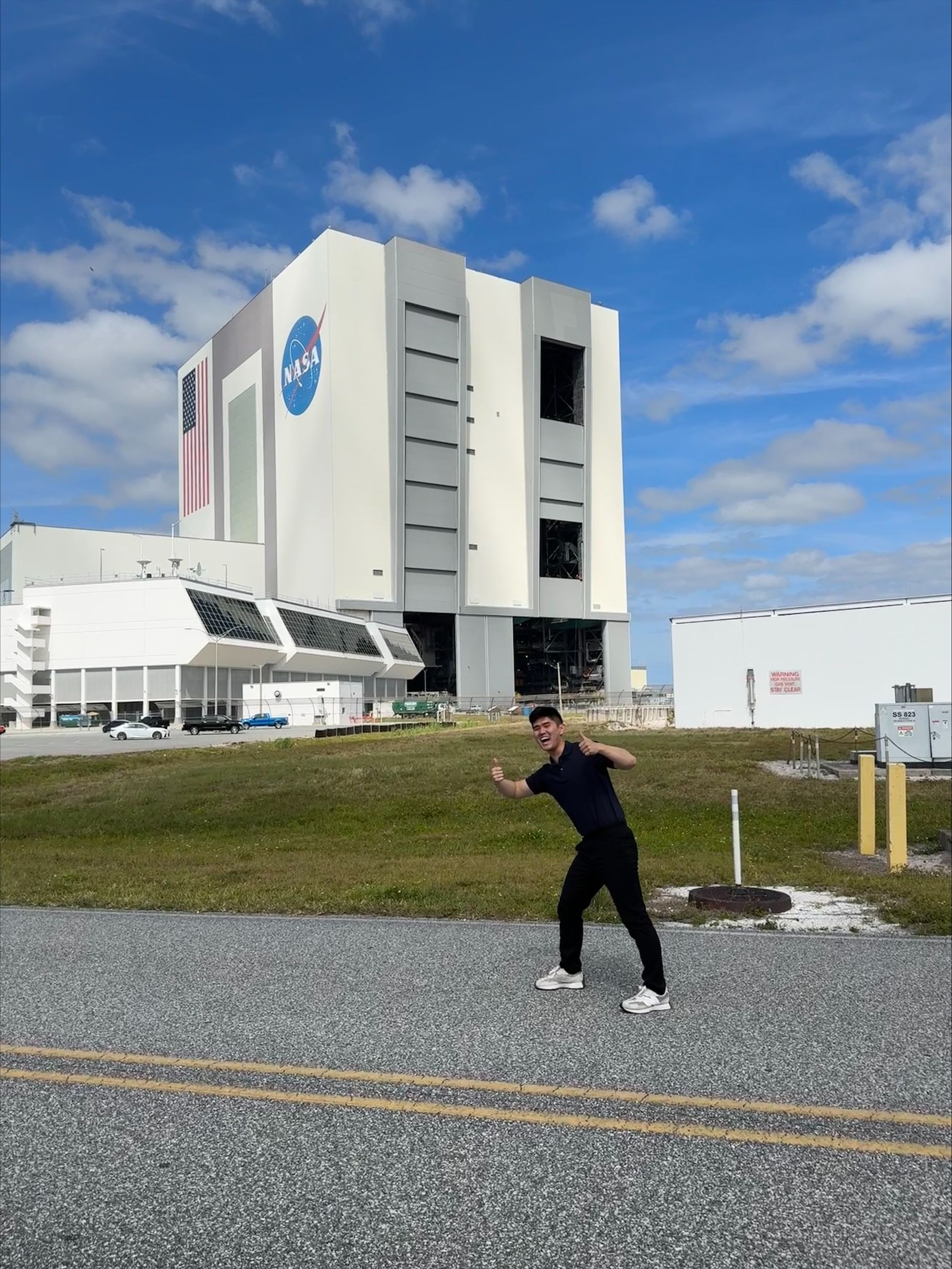
Internship Opportunity Axiom Space
Axiom is calling all college students who are passionate about innovation and eager to contribute to BuildingForBeyond! Axiom Space is excited to announce that applications for our Fall 2024 Internship Program are now open. 🎉
Click below to learn more about the opportunity and visit our website to check out all the available positions.
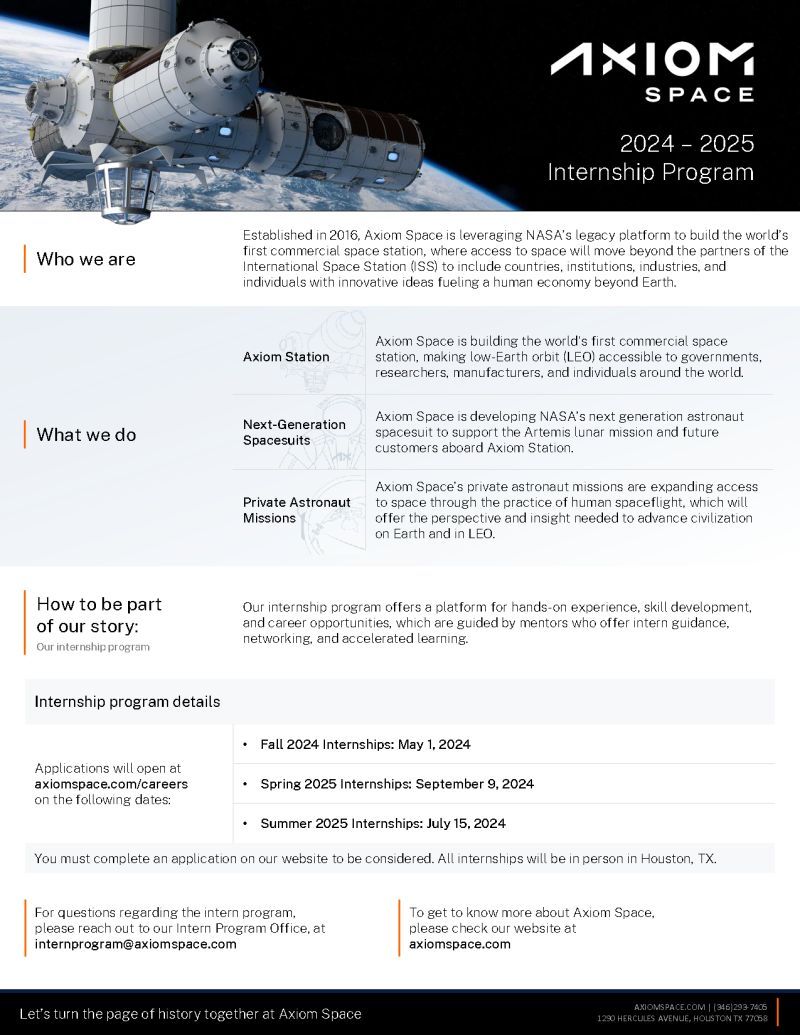

2024 IndianaView Student Scholarship Announcement
The IndianaView Student Scholarship Program provides an opportunity for participants at our member institutions to support the goals and objectives of IndianaView and AmericaView. IndianaView will award up to six $750 scholarships to six different students. The purpose of the scholarship program is to promote student development in remote sensing and other geospatial technologies.
Who Can Apply?
Undergraduate or graduate students using remote sensing and/or other geospatial technologies in their research at any of the IndianaView educational institutions (see http://www.indianaview.org/partners.html for a list). Scholarship applicants must be endorsed by a faculty member from one of these educational institutions.
What activities does the scholarship support?
IndianaView wishes to see a significant portion of the award used to support fieldwork that complements a student’s research, travel to a professional meeting, data purchase, software purchase, minor equipment purchase, professional society membership, journal subscription, publication cost, and/or book purchase. The scholarship cannot support international travel.
Please include the following in your application (send via email):
Resume – Your CV/Resume must include: a) your name, address, phone number, and e-mail address; b) educational background; c) work experience (if applicable); d) personal involvement with remote sensing and other geospatial technologies (through coursework, projects, work experience, or any other activity).
Essay – Please include a 1-page essay (double-spaced) that addresses your personal interest in remote sensing and/or other geospatial technologies and your plan (including time frame) for using the scholarship funds to promote your personal development in the field. Letter of Recommendation –The faculty member who is endorsing you should send a letter of recommendation in a separate email. Submit the application documents via email to: gilmanjl@purdue.edu with the subject “IndianaView Scholarship Application”.
IndianaView Internal Grant Program
- Grant project period: March 20 through August 31, 2024
- Maximum individual grant: $1,500
- Total available for grants: $1,500
- Proposals due: March 11, 2024
The proposal reviews will commence on March 11, 2024 with the proposals on hand at that time. Proposals may be accepted after March 11 for review if funds are still available. Award(s) will be made on a rolling basis until available funds have been committed. Please send proposals to gilmanjl@purdue.edu with the subject “IndianaView Grant Program”.
TOTAL SOLAR ECLIPSE EVENT PRESENTED BY PURDUE UNIVERSITY
It’s a once in a lifetime experience, and there’s no better place to enjoy it than at the Racing Capital of the World! Join the Indianapolis Motor Speedway and NASA on April 8, 2024, for the Total Solar Eclipse that will cross North America. IMS will have an exciting day of programming and celebration planned in collaboration with NASA as one of just a select few broadcast locations across the country and open our facility to the world for this incredible phenomenon.
Meet our NASA Indiana Space Grant 2024 Spring Interns
It is with great pleasure and excitement that we extend our heartfelt congratulations to each student for securing an internship opportunity with Indiana Space Grant for 16 weeks. Your achievement is a reflection of your outstanding abilities, dedication, and passion.
As interns at Indiana Space Grant, you are embarking on a journey that promotes hands-on learning, collaboration with experts, and an immersive experience in the fascinating world of aerospace. We are confident that your time with us will be both rewarding and enriching, contributing not only to your personal growth but also to INSGC.
Jason Packard
Purdue University
NASA Internship at Langley Research Center.
Fun Fact-Loves to run marathons.
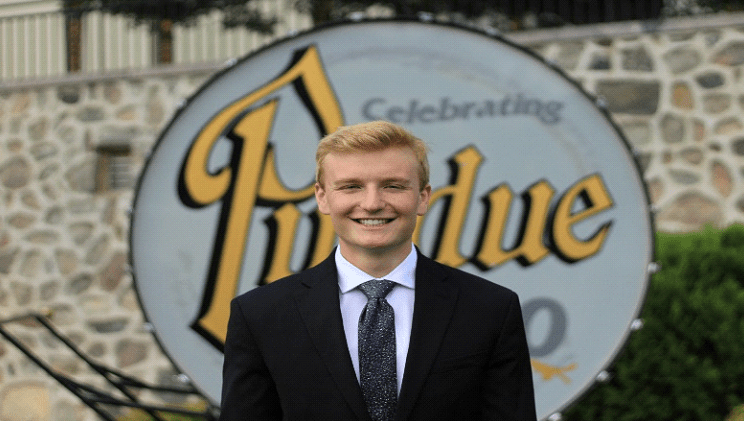
Aaron Fernandez
Purdue University NASA
Internship at Godard Space Flight Center.
Fun Fact: I spent a summer working at a naval shipyard and got to try out the cozy sleeping quarters!

Lauren Harris
IUPUI
NASA Spring 2024 Internship at Goddard Space Flight Center.
Fun Fact: I like to crochet and I am working in my first sweater.
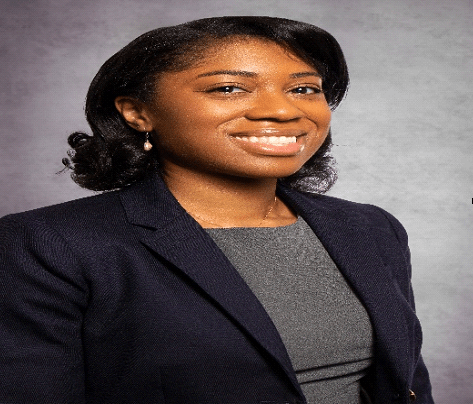
Pruthvi Patel
Purdue University
NASA 2024 at Ames Research Center.
Fun Fact: I enjoy hiking, skiing, soccer, basketball, tennis, and more!
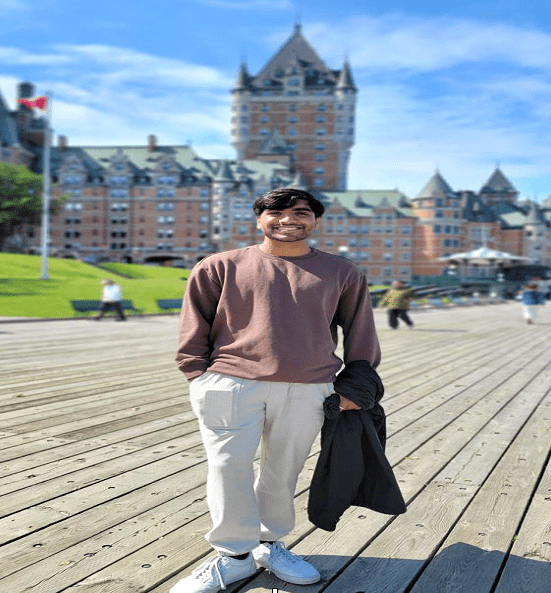
Derek Tran Thach
Indiana University
NASA Internship Spring 2024 at Kennedy Space Center.
Fun Fact: I swam to Alcatraz with my dad when I was 14 for a Father's Day event!
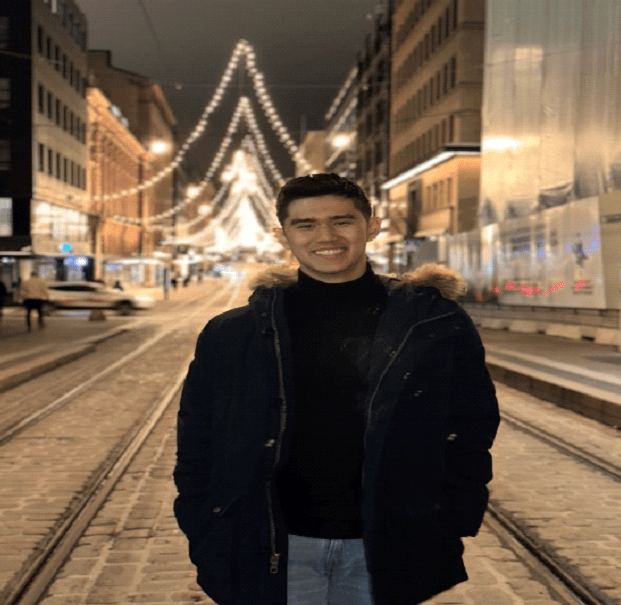
VALPARAISO UNIVERSITY OBSERVATORY
PUBLIC OPEN HOUSE
SCHEDULE – Winter/Spring 2024
The Department of Physics & Astronomy, Valparaiso University continues its series of public astronomy programs for Winter/Spring 2024. In addition to our regular Observatory Open House program, we will host a public demonstration of our remote use of the SARA Telescope in Chile, as listed below. Each Open House program will include telescope viewing at the VU Observatory (clear nights) or a constellation and slide show program at the VU Planetarium (cloudy nights). These are free and the public is invited.
NASA L'SPACE Program
The NASA L'SPACE Program is a free, online, interactive experience open to undergraduate STEM students interested in pursuing a career with NASA or other space organizations.
L'SPACE consists of two Academies - the Mission Concept Academy, and the NASA Proposal Writing and Evaluation Experience Academy. Students may participate in one Academy per semester. Each 12-week Academy is designed to provide unique, hands-on learning and insight into the dynamic world of the space industry. Students can expect to learn NASA mission procedures and protocols from industry professionals as they collaborate with fellow team members to complete mission-related team-projects.
Requirements for participation: Students must be enrolled in a US college or University as an undergrad (graduate students may apply to NPWEE); have access to a computer with internet, webcam, and headset capabilities; and have time to devote an additional 6-10 hours per week, beyond the online session requirements, towards team projects.
NASA Internship Experience Supported by INSGC
2023-24 NASA-INSGC Fellowship Awardees!
Each year, NASA-Indiana Space Grant Consortium selects outstanding students across the state to be awarded Fellowship funds for the academic year. The following students were selected from an application/recommendation process and we are proud of their accomplishments thus far.
Please help us congratulate these outstanding students!
- Moshamma Mijjum-not pictured
- Lexi Gault -IU
- Charles D’Onofrio -PUWL
- Ivana Daniels -IU
- Bode Hoover- IU
- Hunter Vannier-PU
- David McFarland-BSU
- Michaela Loveless -IU
- Brooke Kimsey Miller-IU
- Jared Newton-PU
- Moshamma Mijjum-PU
2023 NASA/INSGC Summer Interns
NASA/Indiana Space Grant would like to congratulate the 2023 NASA/INSGC Summer Interns.
These students were hand selected by NASA to complete a 10 week summer internship working and learning in various fields of study.
We Congratulate their hard work and wish them the best while learning about NASA and STEM.
- Olin Littlejohn PUWL at JPL
- Thomas Michael Deucher PUWL at GFSC
- Sajon Seaberg PUWL at ARC
- Jerry Varghese PUWL at WFF
- Jack Dempsey PUWL at JPL
- Bill Beverly PNW at ARC
- Jake Staker IUPUI at GRC
- Sydney Vallier PUWL at ARC
- Daphne Fauber-Krutulis PUWL at LaRC
- Ryan Lukow PUWL at Johnson
- Brandon Slater PUWL at GRC
Grant funding Trine research to help make space travel safer
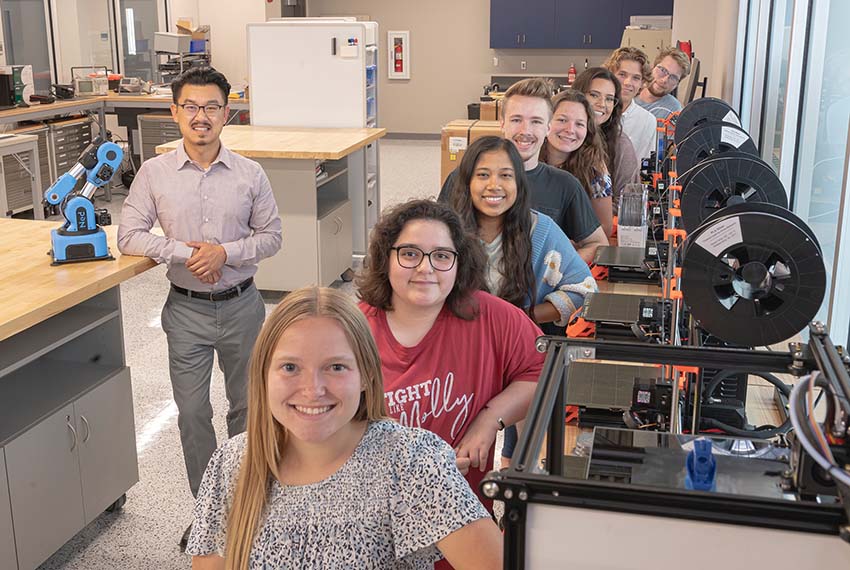
As efforts intensify to increase the number of manned missions into space, Trine University undergraduate students will once again conduct research to help make such missions safer.
The Indiana Space Grant Consortium (INSGC) has awarded nearly $15,000 to the university to fund an undergraduate research project that will design a model to investigate the impact of the harsh environment of space on lymphatic vessels in the immune system.
Using a similar grant last year, Trine students engineered models that mimic blood tissue to assess the impact on those tissues of the increased oxygen required prior to a spacewalk.
Max Gong, Ph.D., assistant professor in the Bock Department of Biomedical Engineering, will oversee a research team of eight students representing multiple engineering disciplines.
Team members are: Amy Apgar, a biomedical engineering major from Wickliffe, Ohio; Isabella Didonna, a biomedical engineering major from Knox, Indiana; CJ Elston, a chemical engineering major from Plainfield, Indiana; Destany Garcia Ortiz, a design engineering technology major from Indianapolis; Upasana Shrestha, a biomedical engineering major from Nepal; Lilly Speier, a biomedical engineering major from Hartland, Michigan; Aaron Streit, a biomedical engineering major from New Paris, Indiana; and Aiden Theobald, a biomedical engineering major from Waveland, Missouri.
Where no one has gone before
Gong said studies have been conducted investigating the effects of oxidative stress caused by space environmental factors — the imbalance between reactive chemicals formed from oxygen and the body’s ability to cope with them that occurs when oxygen is increased or decreased — on organ systems and immune cells. However, there is minimal research into its impacts on structural components of the immune system such as lymphatic vessels.
“To advance our understanding in this area, engineering students at Trine University propose to develop models to investigate the effect of induced oxidative stress on the lymphatic system, and consequently, on the immune system,” he said.
The team’s goal will be to develop models of lymphatic vessels that better represent actual human vessels. The group will generate its models using human lymphatic endothelial cells (HLECs) acquired from commercial research distributors.
The team will expose models to low- and high-oxygen environments simulating changes in environmental pressure an astronaut may experience during spacewalks and gather data on cell viability and growth as well as secretion of cytokines, substances typically secreted by immune cells. The group also will record data for cultures that include its models along immune cells in the same environment.
Members will compile data to be shared at academic conferences and in research journals.
The Indiana Space Grant Consortium was created in 1991 under NASA’s National Space Grant College and Fellowship Program. The Space Grant national network includes organizations working to expand opportunities for Americans to learn about and participate in NASA’s aeronautics and space projects by supporting and enhancing science and engineering education, research and public outreach efforts.
Photo: Max Gong, Ph.D., left, assistant professor in the Bock Department of Biomedical Engineering at Trine University, will oversee a team of eight students designing a model to investigate the impact of the harsh environment of space on lymphatic vessels in the immune system. From front to back are Amy Apgar, Destany Garcia Ortiz, Upasana Shrestha, CJ Elston, Isabella Didonna, Lilly Speier, Aaron Streit and Aiden Theobald. (Photo by Dean Orewiler)
INSGC Photo Of The Day
February 18th, 2024
Explanation: Is this one galaxy or two? This question came to light in 1950 when astronomer Arthur Hoag chanced upon this unusual extragalactic object. On the outside is a ring dominated by bright blue stars, while near the center lies a ball of much redder stars that are likely much older. Between the two is a gap that appears almost completely dark. How Hoag's Object formed, including its nearly perfectly round ring of stars and gas, remains unknown. Genesis hypotheses include a galaxy collision billions of years ago and the gravitational effect of a central bar that has since vanished. The featured photo was taken by the Hubble Space Telescope and reprocessed using an artificially intelligent de-noising algorithm. Observations in radio waves indicate that Hoag's Object has not accreted a smaller galaxy in the past billion years. Hoag's Object spans about 100,000 light years and lies about 600 million light years away toward the constellation of the Snake (Serpens). Many galaxies far in the distance are visible toward the right, while coincidentally, visible in the gap at about seven o'clock, is another but more distant ring galaxy.
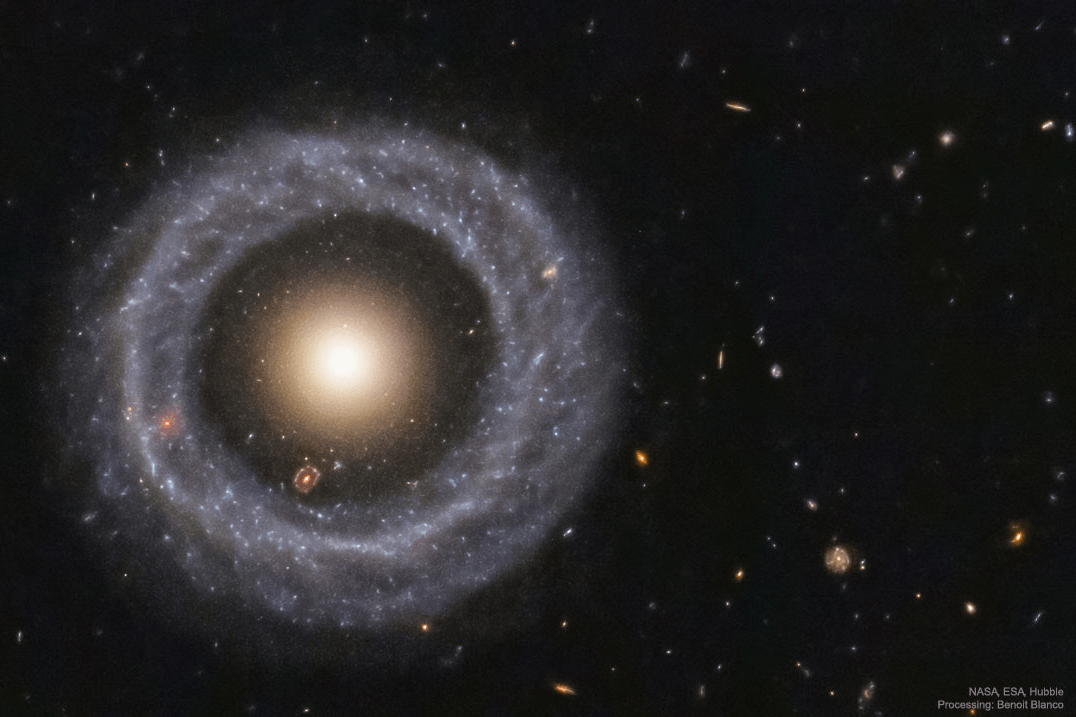
Funding
Funding source for INSGC Fellowships, Internships; Research and Outreach Project funding for Higher Education, K-12, and Informal Education through INSGC affiliates.
Need Funding?
Browse through the opportunities we offer and apply today!
K-12
Indiana Space Grant Consortium supports K-12 education by offering space based resources to excite children about STEM and NASA education. You can find these resources below.
Educational Resources


Teacher Resources
Educational Programs

Higher Education
INSGC higher education affiliates throughout Indiana with eligible students, must be a US citizen, enrolled full-time as a collegiate student, be involved in STEM related research or STEM education project, are eligible to apply for scholarship/fellowship.
View our Academic pages for more information.
Looking For Career Opportunities?
INSGC currently has a career page with information
and a few valuable resources!
The INSGC twitter page is linked above. There will also be a link to our INSGC Facebook page shortly.
